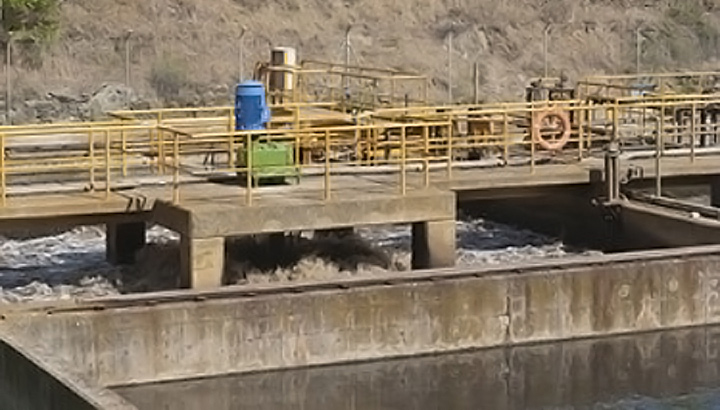
 USING EMPTY-BED CONTACT TIME (EBCT) TO DESIGN BIOLOGICAL By James Joyce, PE Odor control systems have come a long way, but certain hurdles remain. Improving EBCT design criteria will help engineers and utilities reach the finish line. There are many different treatment processes available to remove odor from foul air. Some processes force the air through a vessel containing a bed of activated carbon pellets where the odor compounds are adsorbed onto the carbon and clean air is released. Other processes force the air through a scrubber vessel, which acts like a “chemical shower” where the odor compounds in the air react with chemicals in the “shower” and are oxidized and removed before the clean air is released. Still other processes force air through biologically active compost or a vessel containing plastic biological media where the odor compounds are captured and biologically oxidized for food, releasing clean air to the environment. These are only three common technologies for odor control, but virtually all other odor treatment processes also require a vessel containing a bed of media or a reaction chamber where the removal process takes place. |
|
ST. PETERSBURG, FLORIDA USING ESSENTIAL OIL TO COMBAT SEWAGE ODORS May 11, 2017 - ABC Action News |
>
HOME | ABOUT US | PRODUCTS
CONTACT US |
1.407.628.1880
© H2S CONTROL 2020









